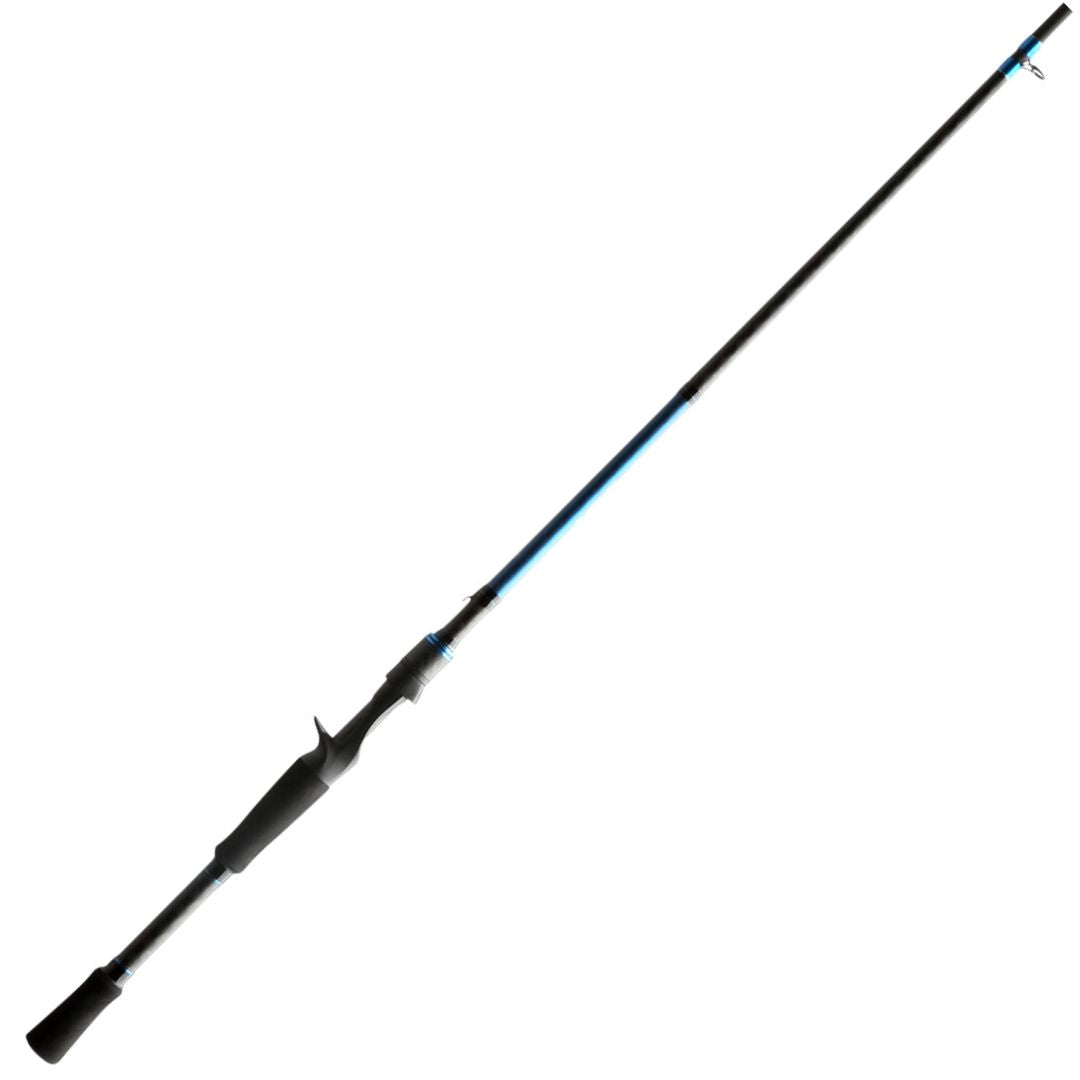Shimano slx and its seamless casting abilities
Wiki Article
Discover the most effective Techniques for Utilizing Baitcasting Reels Properly
Baitcasting reels can improve a fisher's experience when utilized correctly. Comprehending their mechanics is essential for effective operation. Key adjustments, such as stopping and spool tension, play a substantial role. Understanding casting methods likewise adds to success on the water. Nevertheless, reaction continues to be a typical obstacle. To navigate these complexities successfully, one must take into consideration numerous variables, consisting of line and appeal option. The following steps in developing these skills are fundamental for any anglerComprehending the Fundamentals of Baitcasting Reels
Baitcasting reels are basic devices for anglers looking for accuracy and control in their angling experience. Unlike rotating reels, baitcasting reels are created to deliver better accuracy and permit the usage of heavier lines and lures. Their building includes a rotating spool that permits the line to relax easily, supplying a straight line of interaction between the fishermen and the fish. This design makes it possible for anglers to cast more and extra precisely, making it ideal for targeting particular areas in the water. Baitcasting reels additionally come equipped with numerous gear ratios, which can influence access speed and power. In addition, the placement of the handle and the drag system play crucial roles in the total functionality. Recognizing these standard elements is crucial for fishermens, as proficiency of the baitcasting reel can considerably boost their fishing strategies and success prices on the water.Key Adjustments for Optimal Performance
Achieving optimal efficiency from a baitcasting reel needs cautious modifications that accommodate details angling conditions and individual preferences. Secret modifications include setting the spool stress, which regulates the quantity of resistance the line experiences throughout casting. This can aid prevent reaction by allowing the angler to adjust the reel according to the weight of the attraction being used. Additionally, the brake system plays an important role; anglers can choose between magnetic and centrifugal brakes to enhance control and range.Fine-tuning the drag system is also important, as it needs to be set to suit the line toughness and the fish types targeted. Routine maintenance, such as cleaning and lubing the reel, assures smooth operation. By making these adjustments, fishermens can improve their baitcasting experience, leading to more successful fishing outings. Effectively set up reels substantially improve casting accuracy and control, making them crucial for reliable baitcasting.
Mastering Casting Strategies
Proper changes to a baitcasting reel established the phase for grasping reliable spreading methods. The angler must first acquaint themselves with the reel's braking systems and tension setups, which play important functions in regulating the line's release (Shimano slx). A smooth, regulated cast starts with an appropriate grasp; the thumb ought to relax lightly on the spindle, ready to manage the line's speedWhen performing an actors, a fluid movement is essential. The angler ought to initiate the cast with a quick higher flick of the pole, complied with by an onward motion. Timing is vital; launching the spindle at the optimal of the forward movement allows the bait to take a trip further.
Furthermore, practicing different spreading angles can improve accuracy and distance. Anglers should additionally understand wind conditions and readjust their technique appropriately. Proficiency of these essential casting methods inevitably brings about improved efficiency with baitcasting reels.
Protecting against and Handling Backlash
Backlash can thwart even the most competent fishermen's day on the water, making its avoidance and management important for effective baitcasting. To reduce the threat of backlash, fishermens ought to start by readjusting the reel's braking system properly. Understanding the weight of the attraction and the line made use of is crucial; much heavier lures call for much less stopping, while lighter attractions may require much more.Exercising smooth, controlled casting movements helps avoid abrupt quits that frequently result in backlash. Additionally, fishermens can use their thumb to apply stress on the spool during the cast, supplying further control over the line's release.
In case of a backlash, prompt focus is needed to disentangle the line thoroughly - Shimano slx. Fishermens should prevent yanking or pulling forcefully, as this find out here can intensify the circumstance. Instead, they must delicately work the line free, ensuring a quick go back to fishing without too much frustration

Picking the Right Line and Lure Mixes
Picking the appropriate line and lure mix plays a considerable duty in boosting baitcasting success. Fishermens should consider the kind of fish they find here are targeting and the angling environment. For heavy cover, knotted lines use remarkable toughness and level of sensitivity, while fluorocarbon lines are suitable for clear water as a result of their low visibility. Monofilament lines supply versatility but may lack sensitivity.In terms of appeals, the option depends upon the types and problems. Jigs and soft plastics work well for bass in structure-heavy locations, while crankbaits or spinnerbaits can be reliable in open water. The weight of the attraction ought to be matched with the line's stamina to stop breakage throughout casting.
Eventually, explore different mixes can generate the ideal results, allowing fishermens to tailor their approach to certain scenarios and optimize their success when using baitcasting reels.
Frequently Asked Inquiries

What Are the Advantages of Baitcasting Reels Over Spinning Reels?
The advantages of baitcasting reels over rotating reels consist of better spreading precision, enhanced control over line retrieval, and improved handling of much heavier appeals. Anglers usually favor them for precision and range in numerous fishing problems.Exactly how Do I Preserve My Baitcasting Reel for Durability?
To preserve a baitcasting reel for durability, routine cleansing, lubrication of moving parts, and appropriate storage are necessary. Evaluating the line and drag system guarantees peak performance, thus prolonging the reel's lifespan and functionality.Can I Make Use Of a Baitcasting Reel for Deep Sea Angling?
A baitcasting reel can be made use of for saltwater angling, but anglers have to guarantee it is especially developed for such conditions. Correct upkeep and corrosion-resistant materials are necessary for longevity and performance in saltwater settings.What Is the Perfect Pole Length for Baitcasting Setups?
The perfect pole size for baitcasting setups typically varies from 6 to 7.5 feet. This array provides an equilibrium between spreading distance and control, allowing fishermens to properly navigate their lures and boost total fishing click over here now efficiency.Exactly How Do Equipment Ratios Affect Baitcasting Reel Performance?
Equipment ratios substantially affect baitcasting reel performance, determining line access rate and torque. Higher proportions enable much faster access, ideal for quick presentations, while lower ratios offer much better control and power for fighting larger fish.
Baitcasting reels are basic devices for fishermens seeking precision and control in their angling experience. Unlike spinning reels, baitcasting reels are developed to provide better accuracy and allow for the use of larger lines and appeals. The fishermen must initially acquaint themselves with the reel's braking systems and stress setups, which play necessary functions in controlling the line's launch. The benefits of baitcasting reels over spinning reels include greater casting accuracy, enhanced control over line retrieval, and improved handling of heavier attractions. Gear ratios substantially influence baitcasting reel efficiency, figuring out line retrieval speed and torque.
Report this wiki page